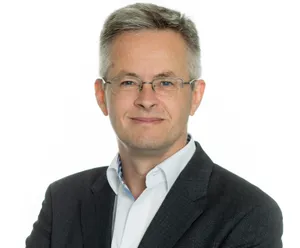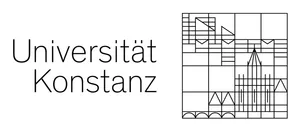Even today’s high quality silicon materials do not always reach charge carrier lifetimes of several milliseconds, which will be required in future high-efficiency solar cell generations. Therefore, the following questions arise:
- What defects limit carrier lifetimes in the millisecond range?
- How do the defects behave in different solar cell processes?
- Can the negative effects of defects be limited by optimized processes?
In this project, the limitations of the best state-of-the-art, industry-relevant Si materials – with expected lifetimes of more than 1 ms – will be investigated. These are the following materials: (i) Cz-Si (p-type), (ii) Cz-Si (n-type), (iii) high-performance (HP) mc-Si and (iv) FZ-Si wafers. The lifetime samples and cell precursors are subjected to the same high-temperature, getter and/or hydrogen passivation steps specific to certain high-efficiency cell technologies in order to simulate the presence of defects after completion of the cell process, which is relevant for the attainable efficiency. So-called regeneration steps or high-temperature pre-treatments will also be used. The aim is to identify process sequences that lead to charge carrier lifetimes that are compatible with very high efficiencies >25%.
Contact

Prof. Dr. Jan Schmidt
Head of PV department: Human resources
Partners


